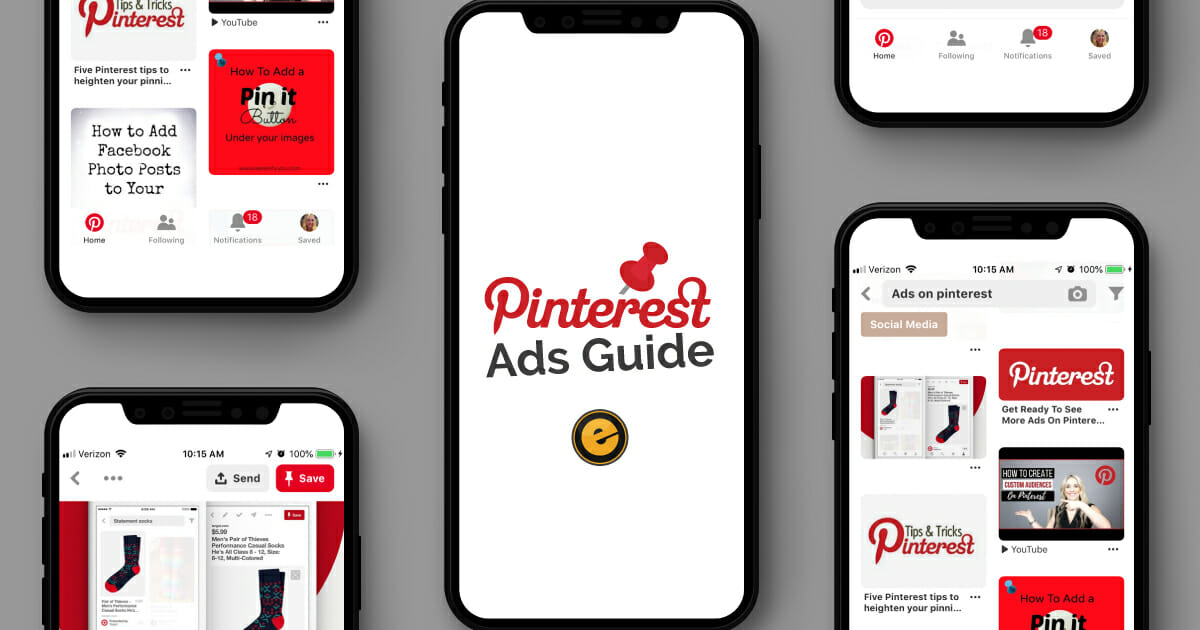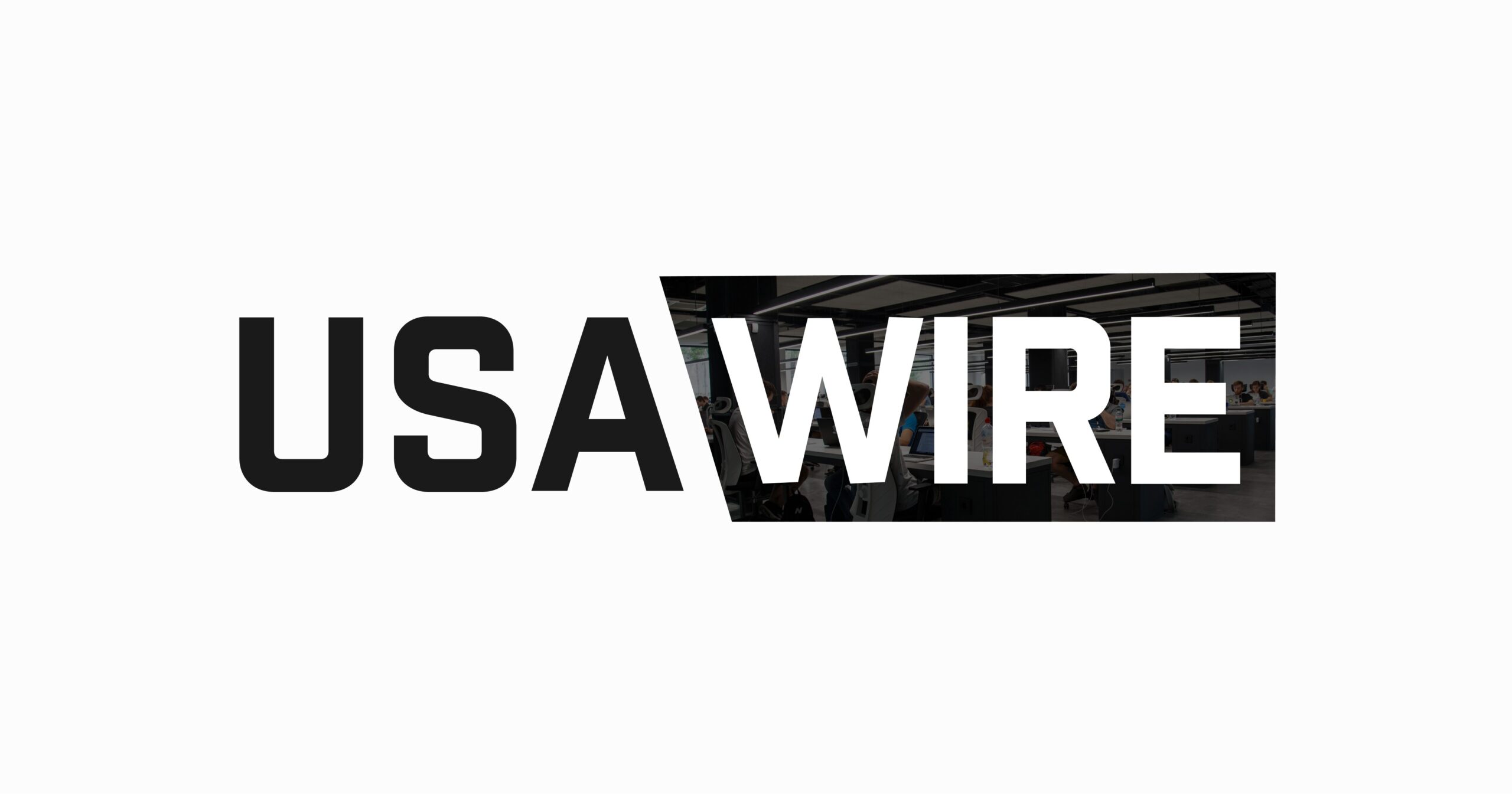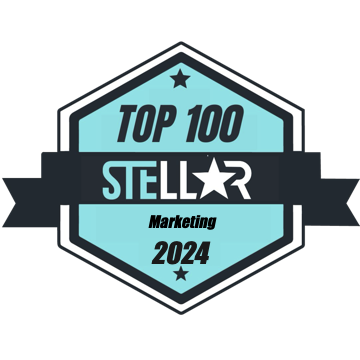How to Advertise on Pinterest
Introduction to Pinterest Advertising
Pinterest is a powerful platform for businesses to advertise and reach a larger audience. If you’re a business owner or an entrepreneur looking to make the most out of Pinterest advertising, you’re in the right place!
In this blog post, we’ll walk you through the essential steps and strategies to successfully advertise on Pinterest. Get ready to boost your brand’s visibility and drive more traffic to your website. Let’s dive in how to advertise on Pinterest!
What is Pinterest?
Pinterest is a social media platform that allows users to discover, save, and share ideas and inspiration through visual content such as images and videos.
It serves as a virtual pinboard where users can create and organize collections of content called boards based on their interests.
Why Should You Advertise on Pinterest?
Pinterest is a highly effective advertising platform for several reasons:
High user engagement: Pinterest boasts a large user base with high levels of engagement. This means that your ads have the potential to reach a wide audience and capture their attention.
Visual appeal: Pinterest is a visually-oriented platform, making it ideal for showcasing products and services through eye-catching images. This visual appeal can help attract and engage users, increasing the likelihood of conversions.
Targeted advertising options: Pinterest offers robust targeting options, allowing you to reach specific demographics, interests, and behaviors. This precision targeting ensures that your ads are shown to the most relevant audience, maximizing their effectiveness.
Longevity of content: Unlike other social media platforms where content quickly gets buried, Pinterest content has a longer lifespan. This means that your ads have the potential to be discovered and engaged with long after they are initially posted.
E-commerce integration: Pinterest has integrated e-commerce features, such as product pins and shopping catalogs. This makes it easier for users to discover and purchase products directly from the platform, increasing the chances of conversion.
Mobile-friendly platform: Pinterest is highly optimized for mobile devices, where a significant portion of internet traffic comes from. This ensures that your ads are displayed effectively on mobile screens, reaching users on the go.
Cost-effective advertising: Advertising on Pinterest can be cost-effective, especially compared to other platforms. With its various bidding options and budget controls, it’s essential to learn how to advertise on Pinterest.
Benefits of Pinterest Advertising
Pinterest advertising offers several benefits for businesses:
Increased brand visibility: Pinterest has a large user base, allowing businesses to reach a wider audience and increase brand exposure.
Targeted advertising: Pinterest offers advanced targeting options, enabling businesses to reach specific demographics, interests, and behaviors, ensuring that their ads are seen by the right audience.
Higher engagement: Pinterest users are highly engaged and actively searching for inspiration and ideas. This makes it an ideal platform for businesses to showcase their products or services and drive user engagement.
Drive website traffic: Pinterest allows businesses to include links in their ads, directing users to their website or specific landing pages. This can help drive traffic and increase conversions.
Visual storytelling: Pinterest is a visual platform, making it perfect for businesses to showcase their products or services through high-quality images and videos, effectively telling their brand story.
Increased sales and conversions: With its focus on discovery and inspiration, Pinterest can help businesses drive sales and conversions by showcasing their products in a visually appealing and engaging manner.
Analytics and insights: Pinterest provides businesses with detailed analytics and insights, allowing them to track the performance of their ads, understand audience behavior, and make data-driven decisions to optimize their advertising strategies.
Getting Started with Pinterest Advertising
Creating a Pinterest Business Account
- Go to the Pinterest website.
- Click on Sign up or Create a business account.
- Fill in the required information, including your email, password, and business name.
- Choose your business type from the provided options.
- Agree to the terms of service and privacy policy.
- Verify your account through the email sent to your registered email address.
Setting Up Your Pinterest Ad Account
- Complete your profile by adding a profile picture, business description, and website link.
- Set up relevant boards that align with your business niche or interests.
- Start pinning content to your boards, including images, videos, and articles.
- Optimize your pins with descriptive titles, keywords, and relevant hashtags.
- Engage with other users by following, liking, and commenting on their pins.
- Utilize Pinterest analytics to track the performance of your pins and boards.
- Consider promoting your pins through Pinterest Ads to reach a wider audience.
- Collaborate with influencers or other businesses to expand your reach.
- Monitor and respond to comments and messages from your audience.
- Regularly update and refresh your boards with new content.
- Use Pinterest’s rich pins feature to provide additional information about your products or services.
- Cross-promote your Pinterest account on other social media platforms and your website.
- Stay active and consistent on Pinterest to maintain and grow your audience.
- Continuously analyze and adjust your Pinterest strategy based on the performance and feedback received.
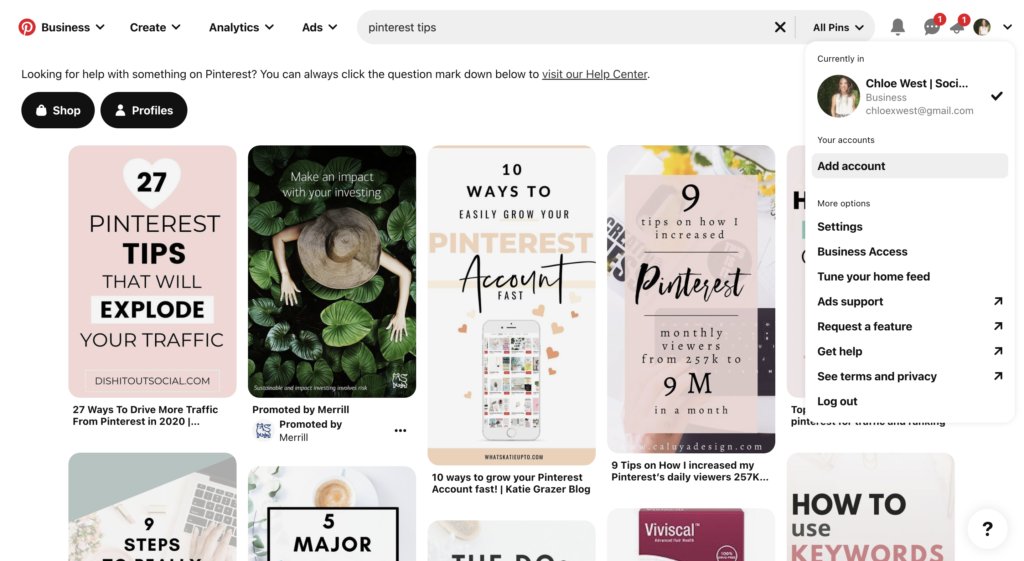
Understanding Pinterest Advertising Options
Promoted Pins
Promoted Pins are paid advertisements on Pinterest. They are a huge part of how to advertise on Pinterest.
They appear in users’ feeds, search results, and related pins section. Advertisers can target specific demographics, interests, and keywords.
Promoted Pins blend in with organic content, providing a seamless user experience. They can include images, text, and a destination URL.
Advertisers can track performance metrics like impressions, clicks, and conversions.
Promoted Pins help businesses increase brand visibility and reach a wider audience.
They can drive traffic to websites, increase sales, and generate leads.
Pinterest offers various ad formats, including video, carousel, and shopping ads.
Advertisers can set budgets, bid strategies, and campaign durations for Promoted Pins.
Pinterest Shopping Ads
Pinterest Video Ads
Pinterest also offers video ads to its advertisers. This is the third most popular method of how to advertise on Pinterest.
- Video ads on Pinterest can help increase brand awareness.
- Advertisers can target specific audiences with video ads on Pinterest.
- Pinterest video ads can drive traffic to websites or landing pages.
- Video ads on Pinterest can be in various formats, such as standard video or carousel.
- Pinterest provides analytics and insights for video ad performance tracking.
- Video ads on Pinterest can also be optimized for mobile viewing.
- Advertisers can use Pinterest’s creative tools to enhance their video ads.
- Pinterest video ads can be integrated with other marketing campaigns.
- Video ads on Pinterest can be effective in reaching a visually-oriented audience.
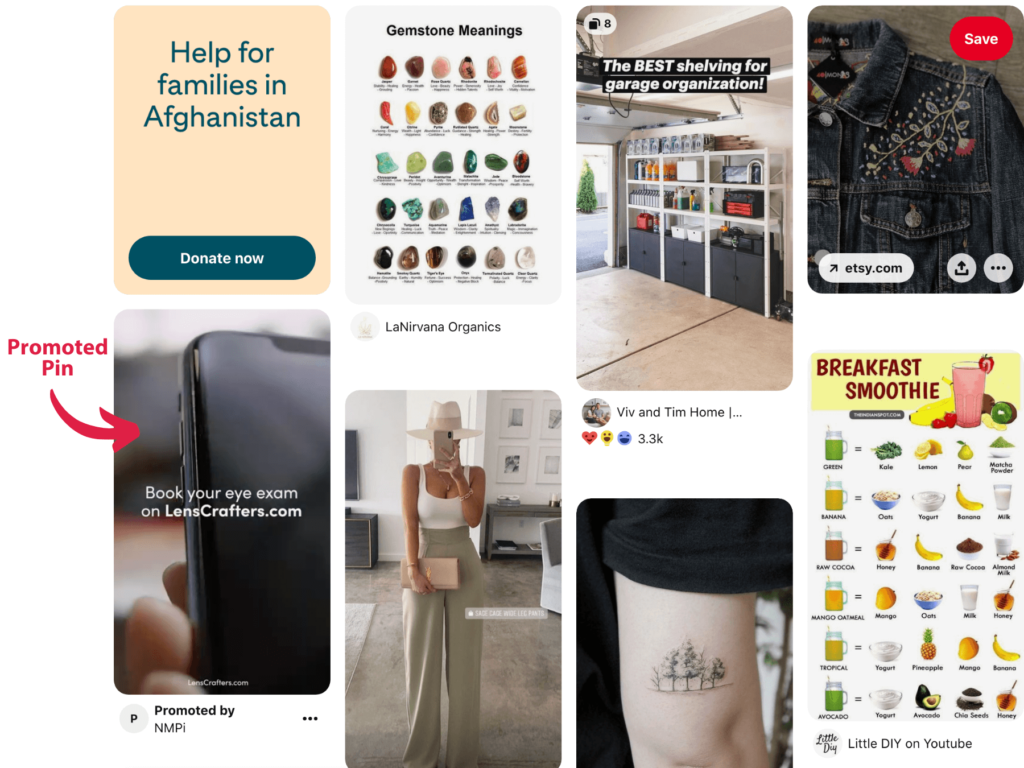
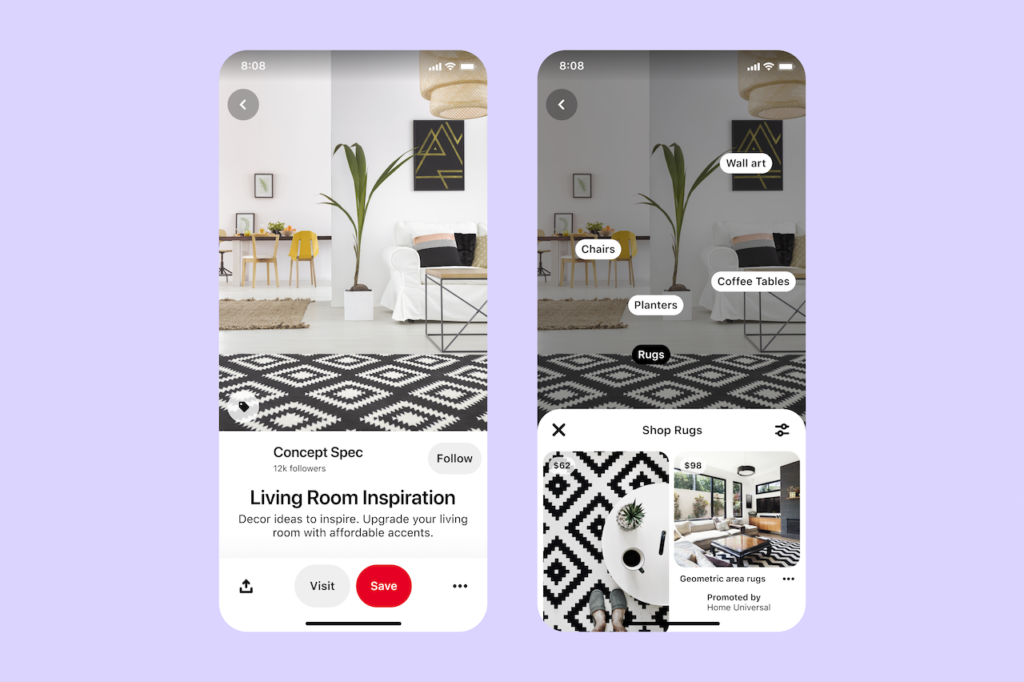
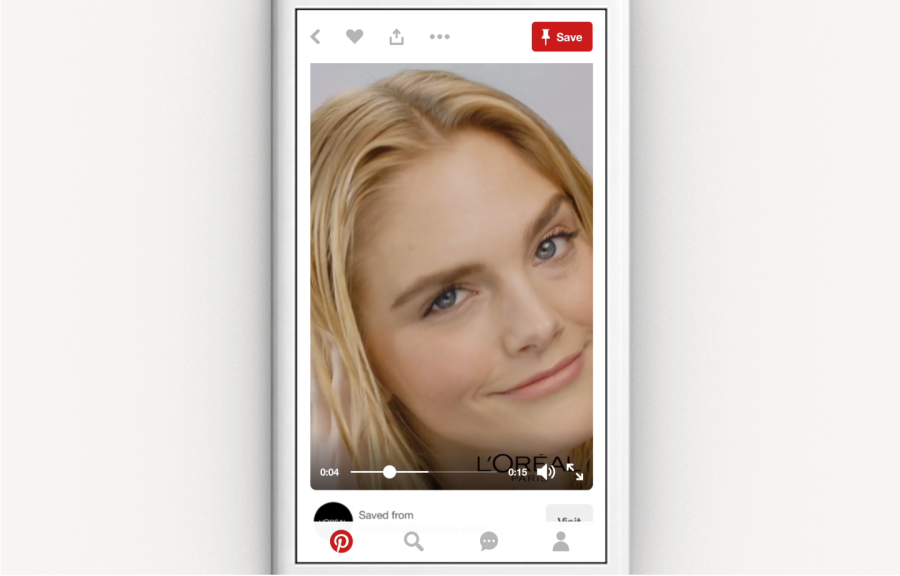
Creating Effective Pinterest Ads
Identifying Your Target Audience
Identifying the target audience on Pinterest involves understanding the demographics, interests, and behaviors of the platform’s users to effectively reach and engage with them.
1. Pinterest is a visual discovery platform.
2. Target audience on Pinterest consists of primarily female users.
3. Pinterest users are often interested in topics such as fashion, home decor, recipes, and DIY projects.
4. The age range of Pinterest users varies, but the majority fall between 18-49 years old.
5. Pinterest users tend to have higher education levels and higher incomes.
6. Pinterest is popular among users in the United States, but also has a global user base.
7. Businesses can target specific demographics on Pinterest through promoted pins and audience targeting options.
8. Pinterest analytics can provide insights into the demographics and interests of a brand’s audience.
9. Understanding the target audience on Pinterest is crucial for effective marketing and content strategy.
10. Pinterest offers various tools and features to help businesses reach and engage with their target audience.
Designing Engaging Visuals
Designing engaging visuals on Pinterest is crucial for capturing the attention of users and driving engagement.
By creating visually appealing and high-quality graphics, businesses can effectively showcase their products or services, increase brand visibility, and attract a larger audience.
It is essential to focus on creating visually compelling images, utilizing proper image dimensions, incorporating branding elements, and optimizing descriptions and keywords to maximize the impact of visuals on Pinterest.
1. Understand your target audience
2. Use high-quality and visually appealing images
3. Optimize image dimensions for Pinterest
4. Create eye-catching and relevant pin titles
5. Utilize descriptive and keyword-rich pin descriptions
6. Incorporate branded elements in your visuals
7. Experiment with different pin formats (e.g., infographics, step-by-step guides)
8. Include a call-to-action in your pins
9. Engage with other Pinterest users through comments and collaborations
10. Analyze Pinterest analytics to track the performance of your visuals
Writing Compelling Ad Copy
Pinterest is a visual platform that businesses can leverage to write compelling ad copy. Effective ad copy on Pinterest should be concise, engaging, and visually appealing.
It should highlight the unique selling points of the product or service, evoke emotion, and include a clear call-to-action.
Additionally, incorporating relevant keywords and using a conversational tone can help attract and resonate with the target audience.
By following these guidelines, businesses can create compelling ad copy on Pinterest that drives engagement and conversions.
1. Understand your audience
2. Highlight the benefits of your product or service
3. Use attention-grabbing headlines
4. Incorporate relevant keywords
5. Keep the copy concise and clear
6. Create a sense of urgency
7. Include a strong call-to-action
8. Use visually appealing images
9. Test and optimize your ad copy
10. Monitor and analyze performance metrics
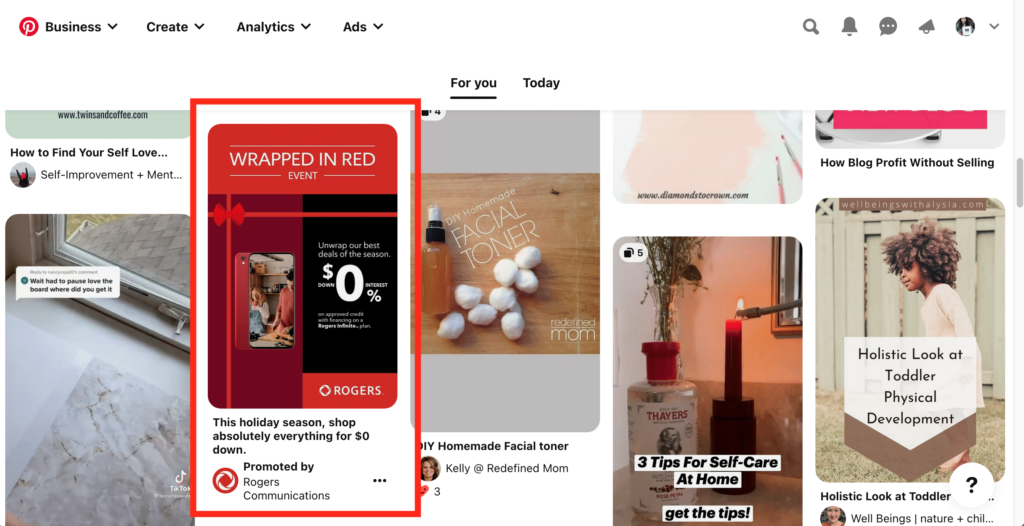
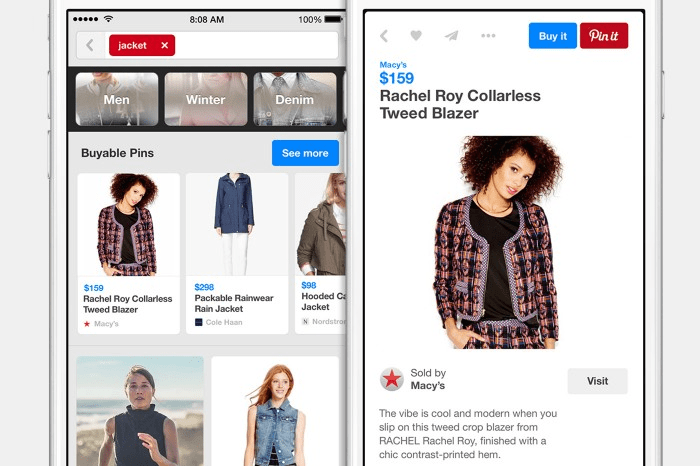
Optimizing Your Pinterest Ad Campaign
Monitoring Ad Performance
Monitoring ad performance on Pinterest is crucial in knowing how to advertise on Pinterest. Its purpose is to ensure effective campaign management and optimize results. This blog post provides a comprehensive analysis of monitoring ad performance on Pinterest.
Key Metrics
The following key metrics should be monitored to evaluate ad performance on Pinterest:
– Impressions: The number of times your ad is displayed to Pinterest users.
– Clicks: The number of times users click on your ad.
– Click-through Rate (CTR): The percentage of users who click on your ad after seeing it.
– Conversions: The number of desired actions taken by users, such as purchases or sign-ups.
– Cost per Click (CPC): The average cost incurred for each click on your ad.
– Return on Ad Spend (ROAS): The revenue generated compared to the cost of advertising.
Monitoring Tools
Pinterest provides several tools to monitor ad performance:
– Pinterest Ads Manager: This platform allows you to track and analyze ad performance, view metrics, and make data-driven decisions.
– Conversion Tracking: Implementing the Pinterest Tag enables tracking of conversions and attributing them to specific ads.
– Google Analytics: Integrating Pinterest with Google Analytics provides deeper insights into user behavior and conversion tracking.
Monitoring Strategies
To effectively monitor ad performance on Pinterest, consider the following strategies:
– Regularly review metrics: Monitor key metrics mentioned earlier to identify trends, spot underperforming ads, and optimize campaign performance.
– A/B testing: Test different ad variations to identify the most effective elements, such as visuals, copy, or targeting options.
– Audience analysis: Analyze audience demographics, interests, and behaviors to refine targeting and reach the right audience.
– Conversion tracking: Implement conversion tracking to measure the impact of your ads on desired actions and optimize campaigns accordingly.
– Budget optimization: Monitor CPC, ROAS, and other cost-related metrics to ensure optimal budget allocation and maximize return on
Testing and Iterating Ads
1. Conduct A/B testing to compare different ad variations.
2. Analyze performance metrics such as click-through rates and conversions.
3. Iterate on successful ad elements to optimize performance.
4. Test different targeting options to reach the desired audience.
5. Monitor competitor ads for inspiration and insights.
6. Utilize Pinterest’s ad analytics to track and measure campaign success.
7. Continuously refine ad copy and visuals based on user feedback.
8. Experiment with different ad formats, such as Promoted Pins or video ads.
9. Optimize ad landing pages for a seamless user experience.
10. Regularly review and adjust ad budgets to maximize ROI.
Utilizing Pinterest Analytics
1. Track performance of pins and boards
2. Understand audience demographics and interests
3. Identify top-performing pins and boards
4. Measure engagement and click-through rates
5. Optimize content strategy based on data
6. Discover trending topics and popular pins
7. Monitor follower growth and engagement trends
8. Analyze referral traffic and conversions
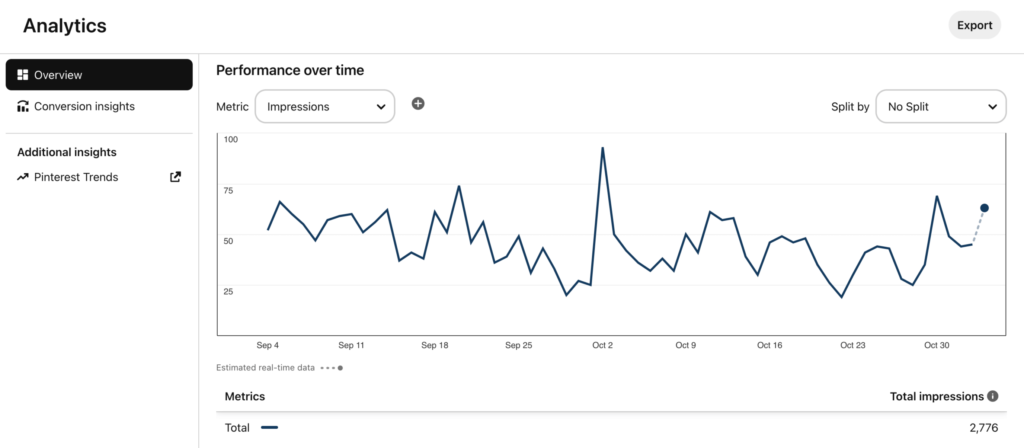
Tips and Best Practices for Pinterest Advertising
Optimizing Pin Descriptions and Keywords
Pinterest is a visual discovery platform that relies heavily on pin descriptions and keywords for optimal performance. By optimizing your pin descriptions and keywords, you can increase the visibility and reach of your pins.
Here are some key strategies to optimize Pinterest pin descriptions and keywords:
Use relevant keywords: Incorporate relevant keywords that accurately describe your pin’s content. Consider using specific and long-tail keywords to target a more niche audience.
Be descriptive: Write detailed and informative pin descriptions that provide context and entice users to engage with your pin. Use clear and concise language to describe the content, benefits, or purpose of the pin.
Include hashtags: Add relevant hashtags to your pin descriptions to increase discoverability. Research popular and trending hashtags related to your pin’s topic and incorporate them strategically.
Avoid keyword stuffing: While it’s important to include keywords, avoid overloading your pin descriptions with excessive keywords. Maintain a natural flow of language and prioritize readability for users.
Utilize rich pins: Enable rich pins for your website or blog to provide additional context and information about your pins. Rich pins automatically pull metadata from your website, enhancing the overall pin experience.
Conduct competitor research: Analyze the pin descriptions and keywords used by your competitors in your niche. Identify successful patterns and incorporate similar strategies into your own pin optimization.
Test and analyze: Continuously monitor the performance of your pins and analyze the impact of different pin descriptions and keywords. Experiment with variations and track metrics to identify what resonates best with your audience.
Optimize board titles and descriptions: In addition to pin optimization, ensure that your board titles and descriptions are also optimized with relevant keywords. This helps Pinterest understand the context of your boards and improves their visibility in search results.
Remember, optimizing Pinterest pin descriptions and keywords is an ongoing process. And so is how to advertise on Pinterest. Regularly review and update your pins to align with current trends and user preferences.
Using Rich Pins for Enhanced Engagement
Rich Pins are a powerful feature on Pinterest that can significantly enhance engagement with your content. By utilizing Rich Pins, you can provide more detailed information and make your pins more appealing to users.
Here are the key benefits and steps to use Rich Pins effectively:
Increased visibility: Rich Pins stand out in users’ feeds, attracting more attention and increasing the likelihood of engagement.
Enhanced information: Rich Pins allow you to provide additional details such as product prices, recipe ingredients, article headlines, and more, making your content more informative and enticing.
Real-time updates: If you make changes to the information linked to a Rich Pin, it will automatically update on Pinterest, ensuring accuracy and relevance.
Steps to Use Rich Pins:
- Prepare your website: Ensure that your website is compatible with Rich Pins by adding appropriate meta tags or using an e-commerce platform that supports Rich Pins.
- Apply for Rich Pins: Visit the Pinterest Developer website and validate your Rich Pins to ensure they meet the necessary requirements.
- Add metadata: Include relevant metadata in your website’s HTML tags to provide Pinterest with the necessary information for Rich Pins.
- Test and validate: Use the Pinterest Rich Pins Validator to test your Rich Pins and ensure they are displaying correctly.
- Monitor performance: Regularly analyze the performance of your Rich Pins using Pinterest Analytics or other tracking tools to understand user engagement and make necessary optimizations.
By utilizing Rich Pins on Pinterest, you can enhance engagement, increase visibility, and provide users with valuable information. Follow the steps outlined above to effectively implement Rich Pins and maximize the impact of your Pinterest marketing efforts.
Note: Remember to tailor the instructions to your specific website and content management system for optimal results.
Collaborating with Influencers on Pinterest
Collaborating with influencers on Pinterest can be highly beneficial for your brand. Influencers have a strong following and can help increase brand awareness, drive traffic to your website, and boost engagement. Here are some key points to consider when collaborating with influencers on Pinterest:
Identify relevant influencers: Look for influencers who align with your brand values and target audience. Consider their follower count, engagement rate, and content quality.
Reach out to influencers: Contact influencers through direct messages or email. Clearly explain your collaboration proposal, including the goals, expectations, and any compensation or incentives you are offering.
Set clear objectives: Define what you want to achieve through the collaboration, such as increasing followers, generating sales, or promoting a specific product or campaign.
Provide creative direction: Share your brand guidelines and provide influencers with clear instructions on the type of content you want them to create. This can include specific themes, keywords, or hashtags to incorporate.
Track performance: Monitor the performance of the collaboration by tracking metrics such as impressions, saves, clicks, and conversions. Use Pinterest analytics or third-party tools to gather data and evaluate the success of the campaign.
Foster long-term relationships: Consider building long-term partnerships with influencers who consistently deliver positive results. This can help create a sense of authenticity and trust with their audience.
Disclose the collaboration: Ensure that influencers disclose their partnership with your brand according to FTC guidelines. This helps maintain transparency and credibility.
Engage with the audience: Encourage influencers to actively engage with their audience by responding to comments, questions, and messages related to the collaboration.
Repurpose content: Leverage the content created by influencers by repurposing it on your own Pinterest boards, website, or other social media platforms. This can extend the reach and impact of the collaboration.
Evaluate and optimize: After the collaboration, analyze the results and identify areas for improvement. Use the insights gained to refine your future influencer collaborations.
Conclusion
In conclusion, Pinterest offers a valuable platform for businesses and entrepreneurs to advertise their products and services effectively.
By understanding the basics of Pinterest, including how to advertise and utilize the various ad options available, businesses can create impactful ad campaigns.
Furthermore, optimizing these campaigns and following best practices will maximize their reach and engagement. With Pinterest’s extensive user base and visually-driven nature, it presents a unique opportunity to showcase products and drive traffic to websites.
By harnessing the power of Pinterest advertising, businesses can expand their online presence and reach a wider audience. So, jump on board and start leveraging Pinterest for successful advertising!

